Popular on Food52
Continue After Advertisement
26 Comments
taxidog
February 24, 2015
glutwin, I will try to post a recipe in the next few weeks as I have to nail down specific measurements and yield. There are are a lot recipes online that you can use as a guide as I did. I don't think you can really screw it up as long as you follow the basic oatmeal/liquid ratios on your oats container. I don't think playing with the add-ins matters much. Note that the carrots should be ground fairly finely in processor as they don't cook enough otherwise and have an unpleasant texture. See my last post for my take on this recipe.
taxidog
February 23, 2015
Carol, I did look at a lot of carrot cake oatmeal recipes but ended up just making a mashup of all of them plus a few of my own ideas. I used the directions on the SC oats box-1 c. of oats, 4 c. liquid- plus ground carrots, crushed pineapple (drained, juice saved and used as part of cooking liquid with a bit of OJ and the water), yellow raisins, walnuts, unsweetened coconut (broken down a bit in the processor), orange peel, cinnamon- whatever your idea of carrot cake heaven happens to be. Cook for 6 min. @ 15 psi. Allowed the cooker to release pressure naturally then added vanilla. Sweeten to taste. A dollop of whipped honey nut cream cheese is sublime.
glutwin
February 24, 2015
Absolutely in NEED of your carrot-cake (steel-cut) oatmeal recipe!! This sounds like a wonderful reason to haul my pressure cooker from its hibernation post too far back in the kitchen cupboard!
rachiti
February 23, 2015
Some great ideas in the article and comments. I never thought of using it for stock...I'll have to give that a try this week.
rachiti
February 23, 2015
I never got the whole "fear" thing regarding pressure cookers from the 1980's onward. You don't pull of the weight from the top until it's de-pressurized & cool - that's it. (of course consult your specific pressure cooker book for details) One doesn't shove one's fingers into the fire or override the safety interlock on the microwave..same here...follow basic safety & only use an appliance if it's not damaged and things should turn out swimmingly. I never bother with slow cookers because the flavors are bland in comparison to the depth of flavor I can get in a pressure cooker. Plus, since I can sear meat in it and then just add the other ingredients - it truly makes a one pot dinner.
Frances
February 23, 2015
I love my pressure cooker. Best risotto you can ever make in one of these. I also make 'baked' cheesecakes in there in 15 minutes. How can you beat that?!!
Ecuacan
February 22, 2015
I have a Kuhn Rikon and love it. A couple of tips: I find that flavors meld faster in the pressure cooker so things cooked in the pressure taster as good in the short cooking time as something that has had to simmer for a while on the stove. Tomato based soups or stews can scorch due to the higher heat used to at the beginning to get the pressure up. The solution is to 1 - heat the food to boiling, give the bottom a really good stir, and then put the lid on and 2 - after you put the lid on, put the heat to medium high while the cooker gets to pressure, not high. Another tip - cook a bunch of beets with the skin on in the pressure cooker. Peel when cook. slice/chop and marinate in your favorite vinaigrette. Put these pickled beets in salads, eat them like olives, or add toasted nuts, parsley and feta or goat cheese for a beet salad. The possibilities are endless...
Suzanne R.
February 22, 2015
About 2 mos. ago, I bought the Cuisinart Countertop Cooking Series 6-Quart Pressure Cooker, Model CPC-600WS; it's beautiful and SO easy to use. I love it!
taxidog
February 22, 2015
Foaming when cooking grains, rhubarb, cranberries and applesauce can be prevented by filling the cooker no more than halfway and adding some fat. A tablespoon or so should do it. It seems to me that the problem is foods high in starch or pectin (but that is a guess). If foam starts coming out of the valve or vents cut the heat off right away of course. An excuse to use butter! Oil will do if you have more self-restraint than me.
taxidog
February 22, 2015
Carrot cake steel cut oatmeal in 6 minutes. Enough said. And I thought I didn't like oatmeal. I have a T-Fal 6 qt. that I am quite fond of. I also got a kindle book "HIP Pressure Cooking" that helped me get comfortable with it. It's my current obsession. I especially love that I can cook whole grains like brown rice that usually take forever in no time at all.
Carol
February 22, 2015
Where can I find that recipe or did you put that together yourself? Carrot cake oatmeal sounds delicious!
cookinalong
February 22, 2015
Best stove top pressure cooker? Kuhn Rikon, hands down! I've had one for 8 years and use it at least 5 times a week with no problems. All I've ever done is replace the gasket. More expensive than some others, but worth every penny.
Stephanie
February 19, 2015
For the record, pre-soaking beans doesn't make the cooking time faster but is an important step which shouldn't be skipped. All legumes should be soaked for at least 24 hours before consuming; doing so cleanses them of harmful phytoestrogens.
Lindsay
February 19, 2015
The pressure cooker recommendation of 15 psi (pounds per square inch) can be met with a stovetop pressure cooker, but most electric pressure cookers (I believe including the Cuisinart shown) are around 10-11 psi.
Erin J.
February 19, 2015
I'm partial to my Fagor Duo, it lets me pressure cook and pressure can meats/low acid foods. Freaking love it.
Tracey
February 18, 2015
I highly recommend the Instant Pot brand. I found out about them on Nom Nom Paleo's website - she raves about them. I have the 7-in-1 and it's an amazing machine.
Chris A.
February 19, 2015
I agree I have an Instant Pot too. The slow cooker feature also works really well and actually cooks at a lower temp instead of boiling everything like most crock pots do.
Kristin B.
February 18, 2015
any recommended brands and models?
Leslie S.
February 19, 2015
For this article we used We used a 6-quart Cuisinart Electric Pressure Cooker (EPC-1200PC), which worked great - especially for someone new to pressure cooking!
Alexis
February 18, 2015
Can we get a link to whatever recipe the photos in the article come from?
Leslie S.
February 18, 2015
Of course! The recipe I used is a hybrid of Lorna Sass's mushroom and gruyère risottos from her cookbook, Cooking Under Pressure. (I just followed her mushroom risotto recipe, and added Parmesan and gruyère at the end): http://www.amazon.com/Cooking-Under-Pressure-Anniversary-Edition/dp/0061707872?tag=food52-20
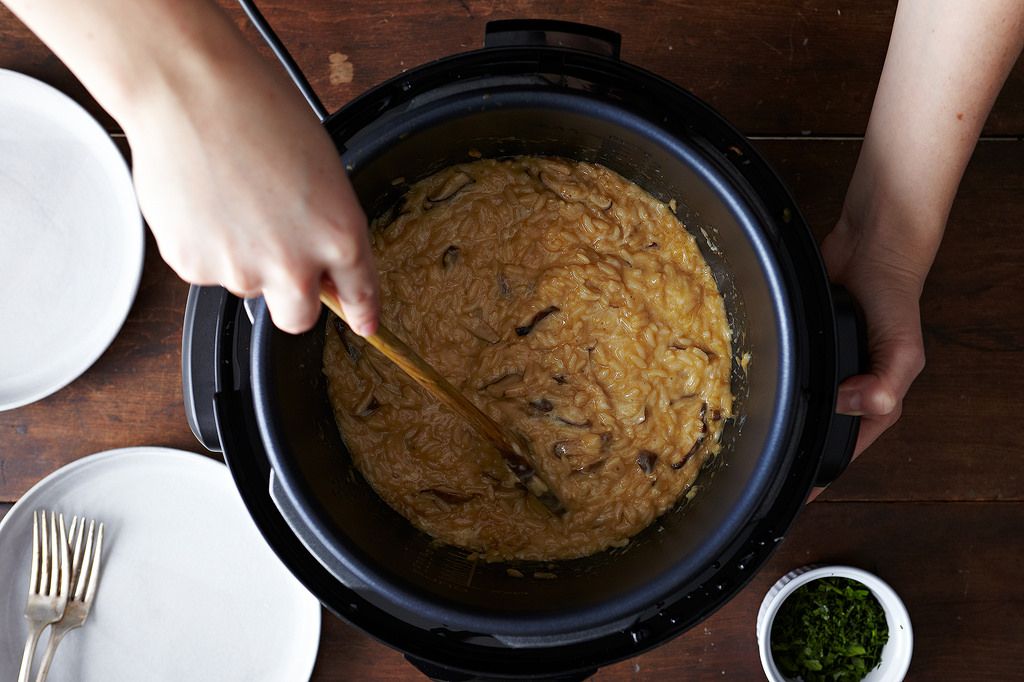
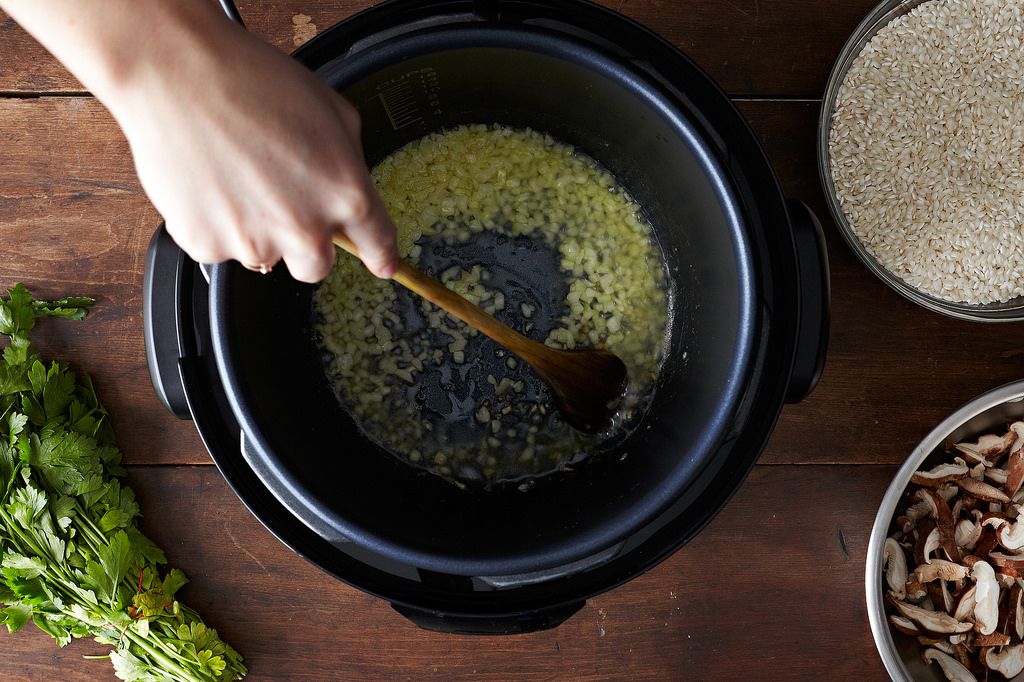
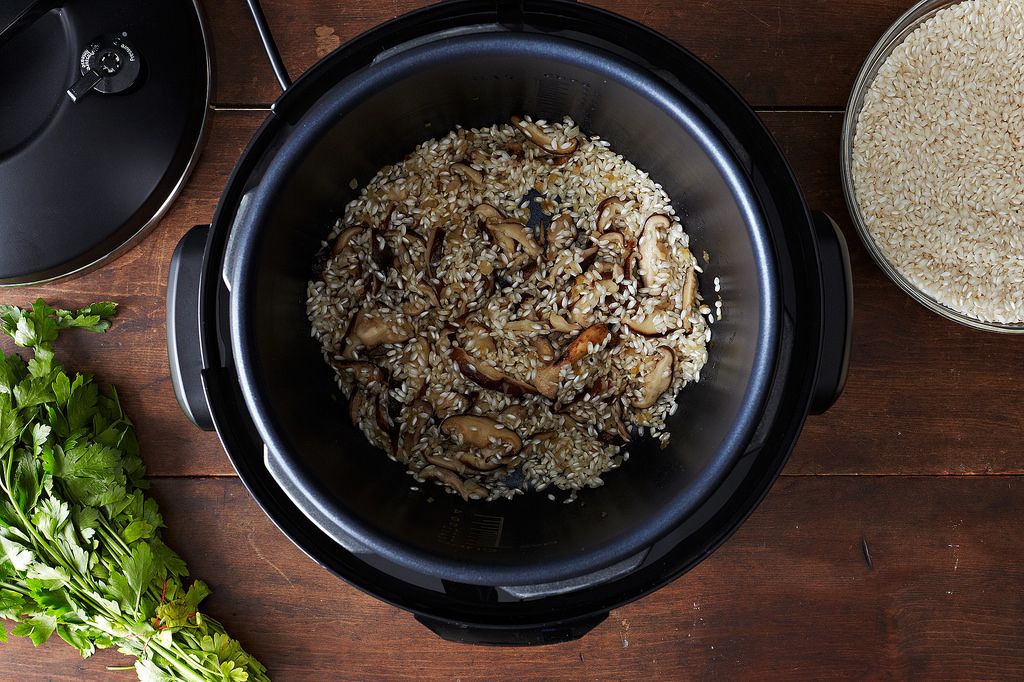
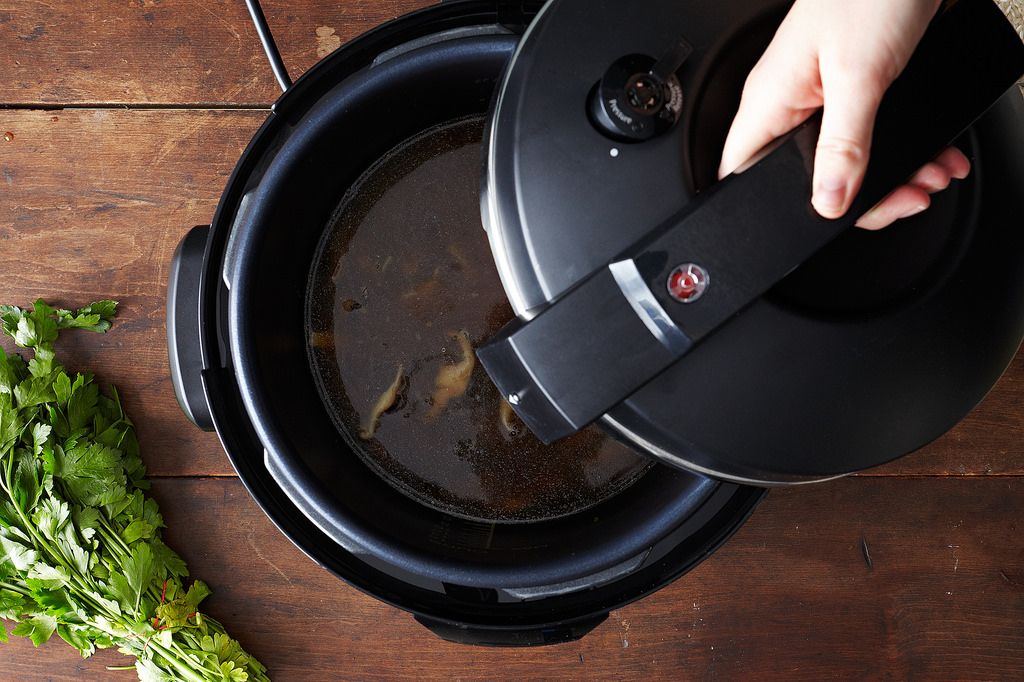
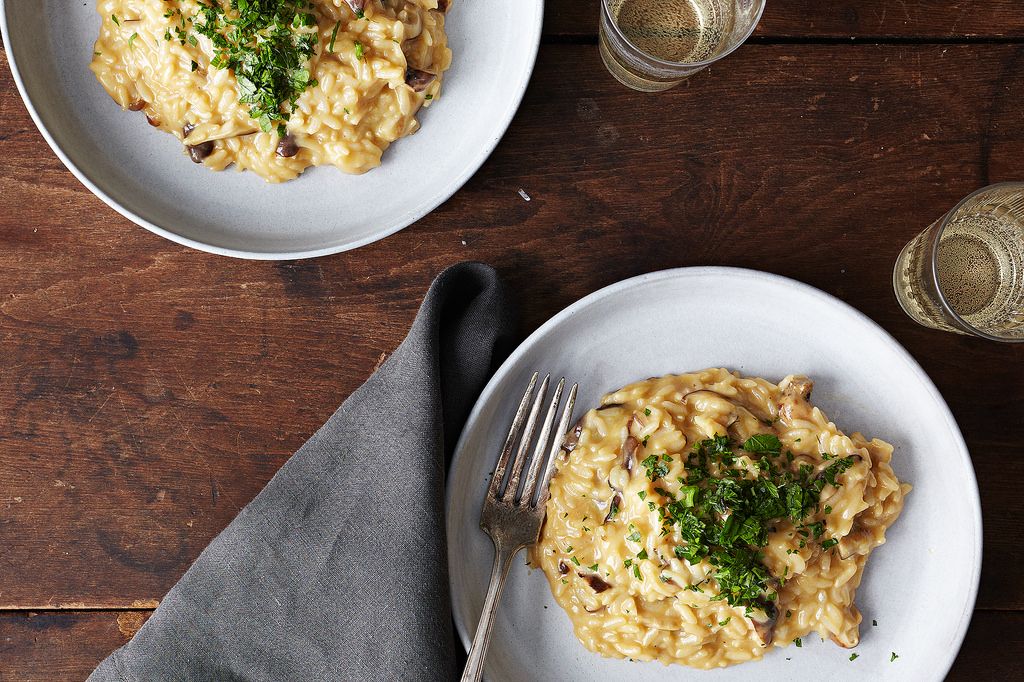

See what other Food52 readers are saying.